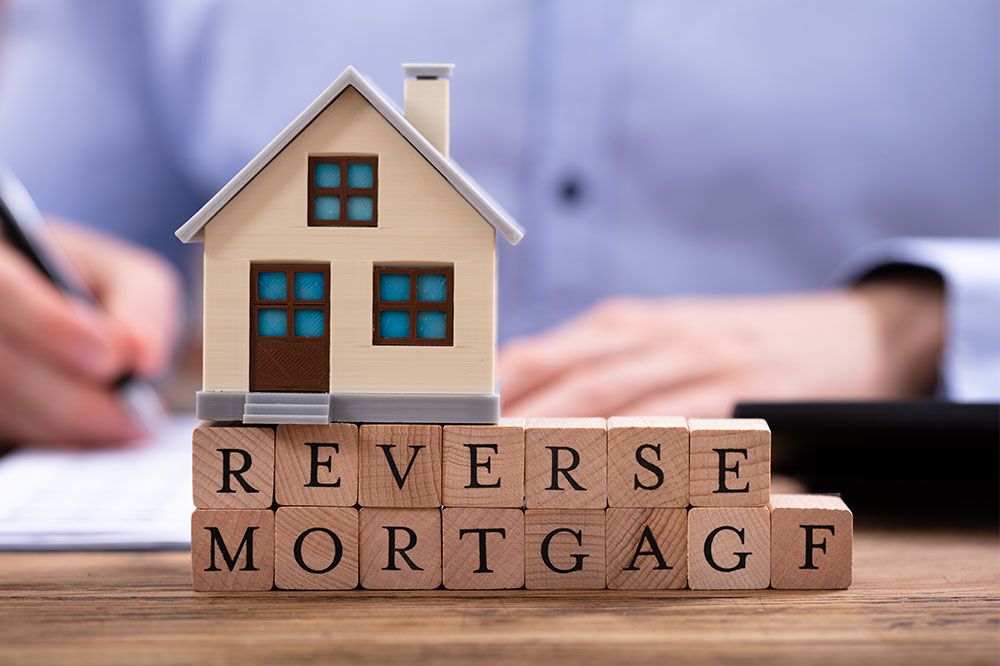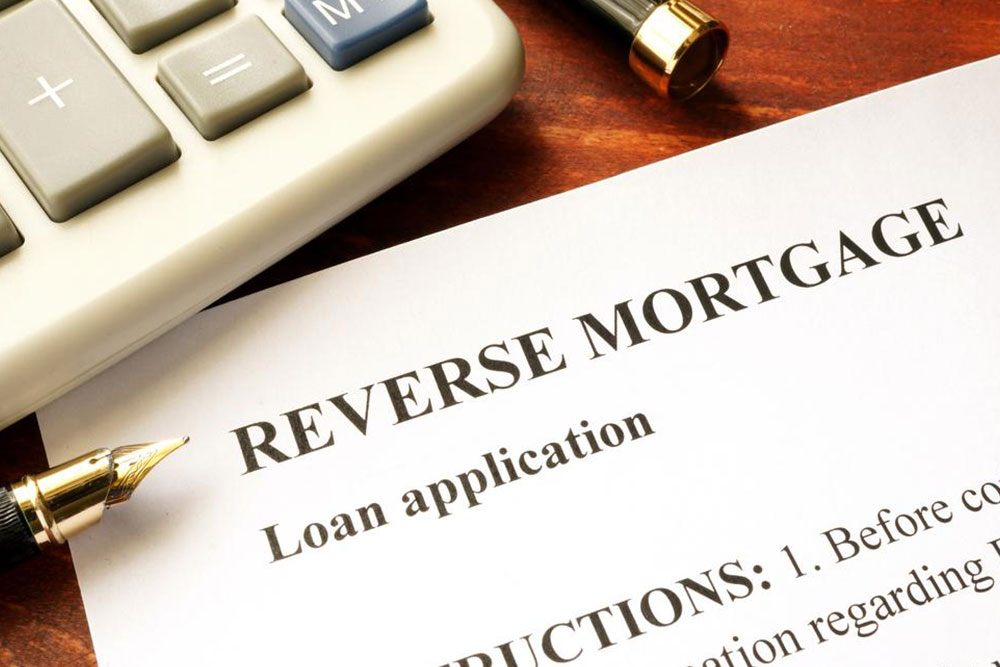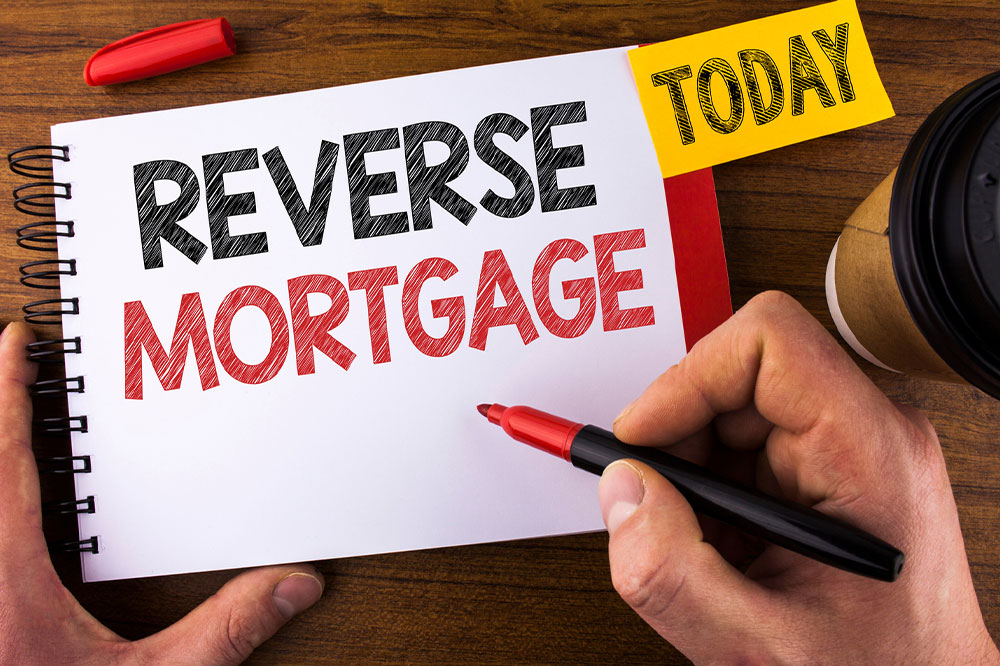Comprehensive Overview of Reverse Mortgages for Seniors: A Strategic Financial Solution
This comprehensive guide explains reverse mortgages for seniors, highlighting their benefits, costs, eligibility criteria, and how to determine borrowing limits. It emphasizes the importance of informed decision-making to leverage home equity for a secure retirement.

Comprehensive Overview of Reverse Mortgages for Seniors: A Strategic Financial Solution
For many seniors approaching or in retirement, managing finances and ensuring a comfortable lifestyle is a top priority. One financial tool that has gained popularity over the years is the reverse mortgage. This specialized loan product offers seniors a way to unlock the equity accumulated in their homes without the burden of monthly mortgage repayments. Designed specifically for homeowners aged 62 and older, reverse mortgages provide an alternative means of supplementing income and covering essential expenses during retirement. Since its introduction in 1989 as part of the federally insured Home Equity Conversion Mortgage (HECM) program, reverse mortgages have become a vital part of many retirees' financial planning strategies.
Reverse mortgages are particularly attractive to seniors because they enable homeowners to stay in their homes while accessing their accumulated home equity. This flexibility makes it possible to defer the demands of traditional loans and maintain independence. The money obtained through a reverse mortgage can be utilized for various needs, such as supplementing retirement income, paying medical expenses, covering home renovation costs, or consolidating existing debts. Importantly, borrowers are not required to make monthly payments toward the loan balance, which can ease cash flow concerns for many retirees.
However, like any financial product, reverse mortgages come with specific considerations that must be carefully evaluated. Costs associated with reverse mortgages can be substantial, including high closing fees, mortgage insurance premiums, and ongoing property-related expenses such as taxes and homeowners insurance. The amount that a senior can borrow depends on several factors, including age (a critical factor being the age of the youngest spouse in a couple), the current value of the home, prevailing interest rates, and federal program limits, which, under HECM guidelines, can go up to $636,150. This calculation also considers the property’s appraised value and the borrower’s life expectancy.
Understanding these elements is essential for seniors to make informed decisions about whether a reverse mortgage aligns with their overall financial goals. Proper planning and consultation with financial advisors can help ensure that this tool is used effectively to support a stable and comfortable retirement while avoiding potential pitfalls.





